Cascades Female Factory is located close to Hobart Linear Park on the island of Tasmania — once known as Van Diemen’s Land — in Australia. It was officially opened in 1828. The site was no ordinary factory: Cascades served as a workhouse for female prisoners.
It didn’t take much to end up in the factory. Women and girls were locked up for as little as cursing.
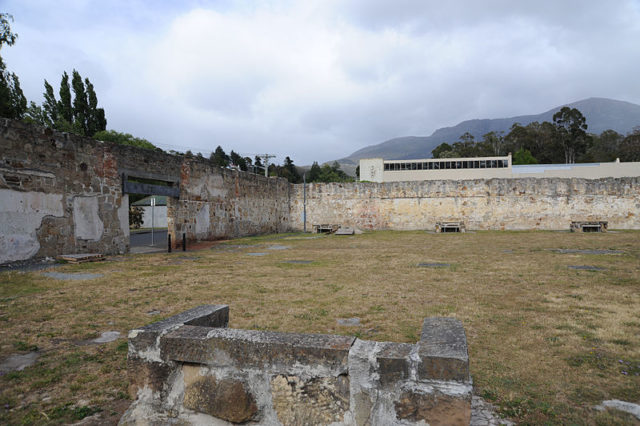
The story of the site began with Mr. Thomas Yardley Lowes. Lowes left England and set sail towards Australia with the intention of opening his own distillery. Little did he know that others too had had the exact same idea. When the distillery was finally opened in 1824, it was the 17th in the colony. This was disastrous for business.
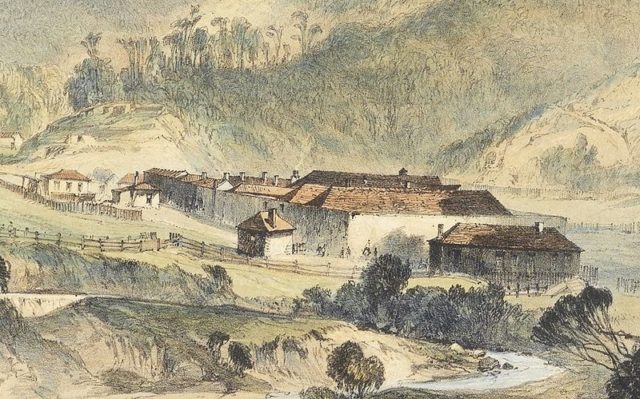
For two years, Lowes struggled with his new business and dreamed about getting rid of it. Just as he was on the brink of despair, he saw a way out: an advertisement looking for somewhere the government could convert into a prison. Lowes contacted the Government of the colony and a deal was struck. He received £2,000 for his land, as much as he had before starting his distillery business, and the Government got their new building.
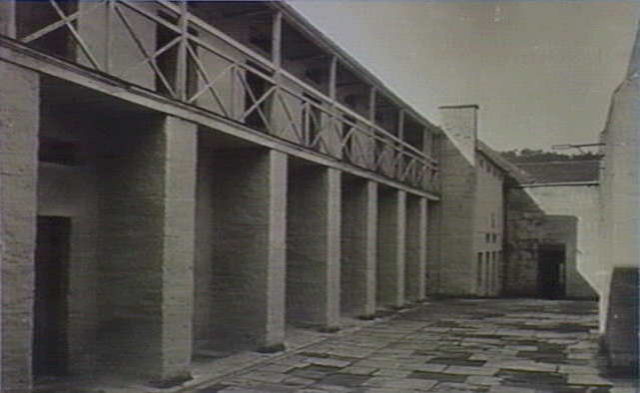
It was a win-win situation, especially for the Government as their old prison, the Hobart Gaol, was beyond repair and Thomas’s distillery was brand new. The whole place was remodeled, and what we now know as Yard 1 was born. Within the yard were the cooking areas as well as the laundry, hospital, and nursery.
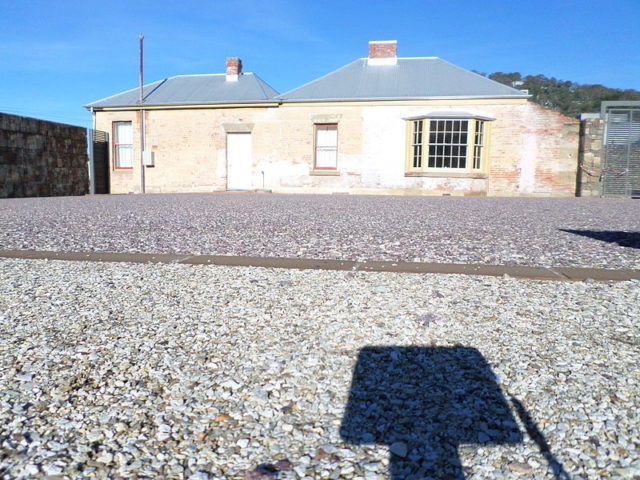
Four years after Yard 1 was opened, Yard 2 was constructed on the west side of Yard 1. It was here that most of the women who had been sentenced to hard labor came to slave away for hours on end.
It took an additional 13 years before Yard 3 was erected. This yard, opened in 1845, was where the female convicts were taken to be punished – as if separating them from their children wasn’t already enough of a punishment.
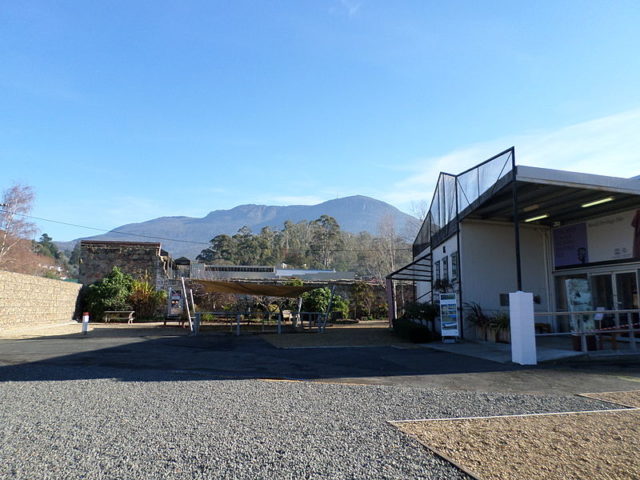
Five years later, Yard 4, also known as the nursery yard, was constructed. Yard 5 was built three years later in 1853. Life within the factory/prison was tough, to say the least. The female convicts were categorized into three classes — the first class got the best conditions and job posts. The third class, on the other hand, were the women who had been sentenced to hard labor. The second class was in the middle, and they were tasked with making new clothes.
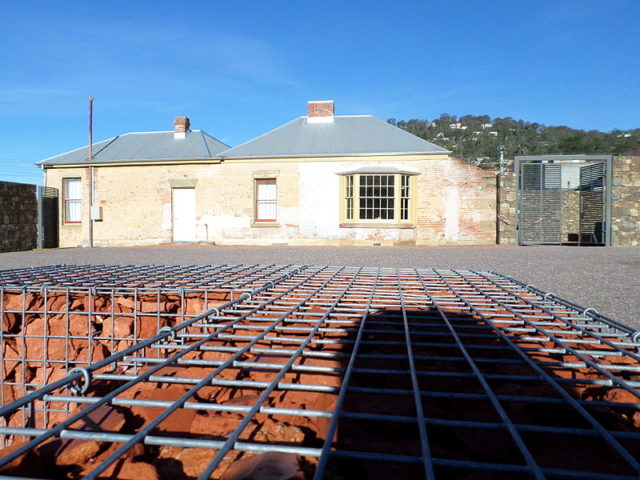
The living conditions were dire and the death rate of children and babies was at an alarming level. For instance, a woman by the name of Mary Hutchinson lost six of her twelve children. Another Mary, Mary Phelan, was separated from her baby boy who sadly later died due to illness.
Cascades Female Factory played a major role in the penal system of the colony. Almost half of the female convicts who landed on the island ended up there.
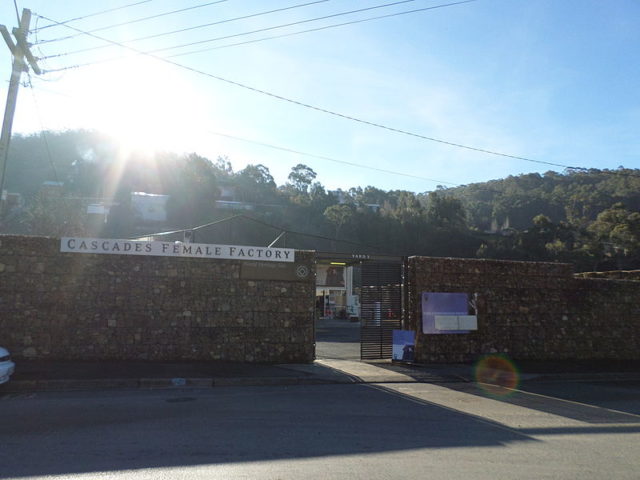
The site was often overcrowded. This overcrowding was largely because the site also served as a shelter for women who were out of a job or looking for one. One mistake could get you from the shelter to Yard 2 where the wash tubs were.
Cascade was closed in 1877, and by 1904 the whole complex was shut down. It was sold in 1905 and demolition of some of the buildings began.
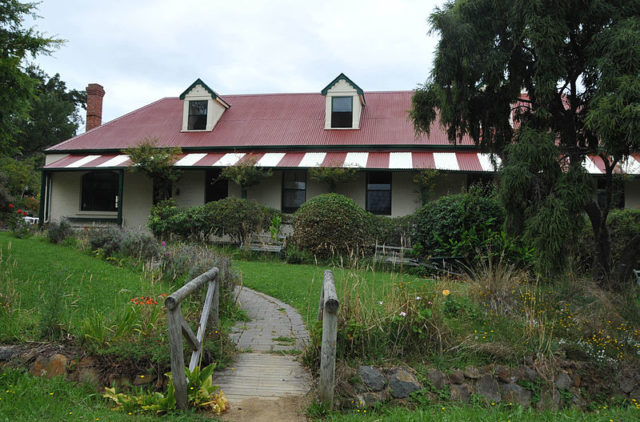
Today, the site, or at least what remains of it, is under the control of Port Arthur Historic Site Management Authority. It was declared a World Heritage Site in 2010.
